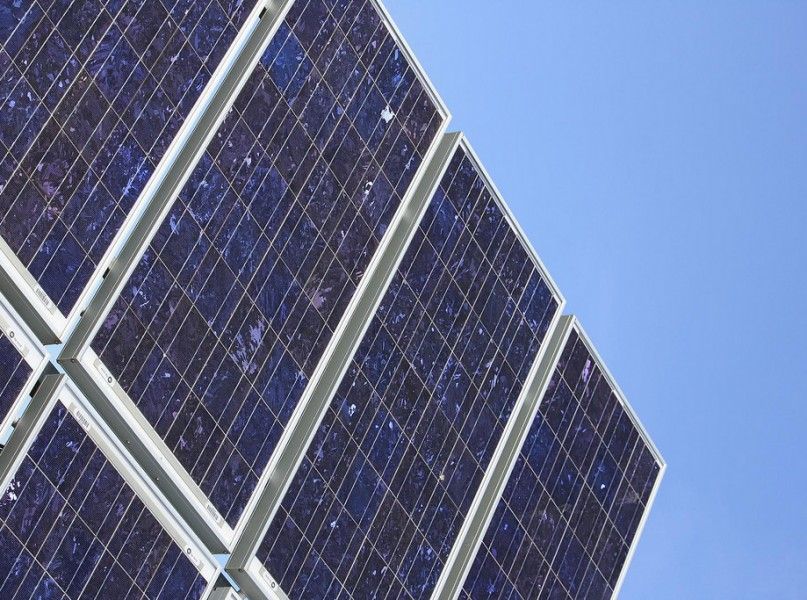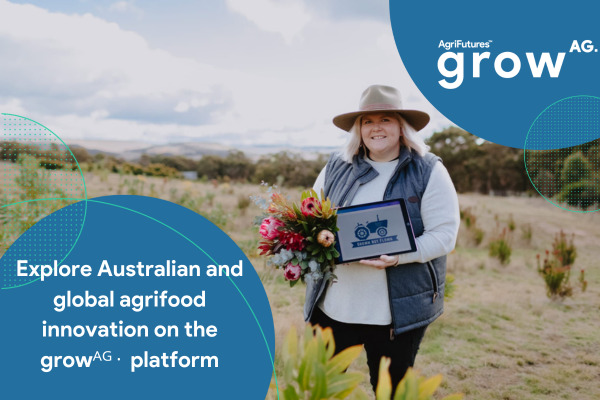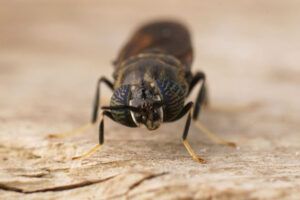Solar panel lovers and skeptics, there’s a new ray of hope for developing more efficient, cheaper cells to capture the sun’s energy. And, it’s using plant’s photosyntesis.
Scientists from the Ruhr-University Bochum in Germany have discovered how to make a biophotovoltaic cell–or a solar cell that uses plant science to convert sunlight into energy–run more efficiently than any biocell seen before. The level of efficiency is double that of a plant’s natural photosynthesis conversion. Scientists say this discovery, while not yet outweighing the efficiency of silicon-based PV-cells, could lead to solar panels that may be cheaper and more flexible.
“Initial applications of bio-photovoltaics do not overlap with their semi-conductor counter parts,” says a statement from the University. “In particular, they may be used to generate the power of micro-sized medical devices such as sensors implanted in contact lenses. As future prospect, the photosystem provides the basis for developing cheap and flexible solar cells to be applied on uneven surfaces.”
And there’s sure a market for it. Just in the US, which is the world’s third largest market, solar power use jumped from 1.265 megawatts in 2008 to 4.75 gigawatts, according to a recent Slate article. (Slate’s article is worth a full read, and explains why the US is producing just 2.5 percent of the global demand for solar cells.)
 Here’s the experiment’s summary, in layman’s terms. The scientists’ goal: to replace the semi-conductor (the part that changes the sun energy into electricity) with the membrane protein complexes of a plant responsible for photosynthesis. The challenge: dealing with both the hydrophilic and hydrophobic domains of the cell in order to allow for the transfer of electrons (energy). The solution: scientists came up with a hydrogel, which can have its hydrophobic/hydrophilic properties controlled by a pH shift.
Here’s the experiment’s summary, in layman’s terms. The scientists’ goal: to replace the semi-conductor (the part that changes the sun energy into electricity) with the membrane protein complexes of a plant responsible for photosynthesis. The challenge: dealing with both the hydrophilic and hydrophobic domains of the cell in order to allow for the transfer of electrons (energy). The solution: scientists came up with a hydrogel, which can have its hydrophobic/hydrophilic properties controlled by a pH shift.
Now, the procedure’s results show the highest photocurrents for semi-artificial bio-photoelectrodes scientists have seen. The electron transfer rate also beats a natural plant’s photosyntehsis by one order of magnitude.
Still, scientists say we’re not beating silicon-based PV-cells. But we’re getting closer.
If you have any news, insights to share, would like to pitch guest posts, commentaries or white papers, drop us a line at [email protected].
FEATURED PHOTO: Mountain/ \Ash/Flickr











Sponsored
Sponsored post: The innovator’s dilemma: why agbioscience innovation must focus on the farmer first